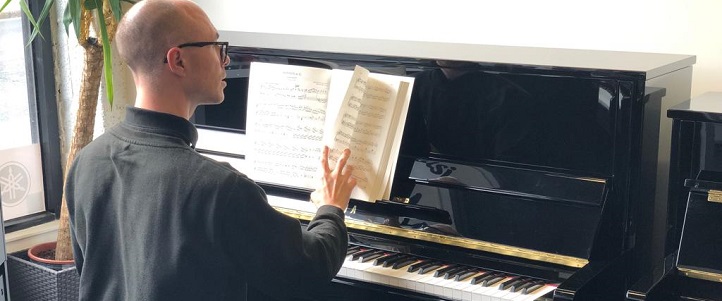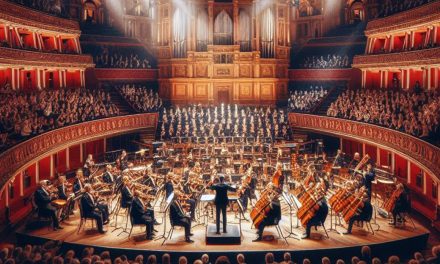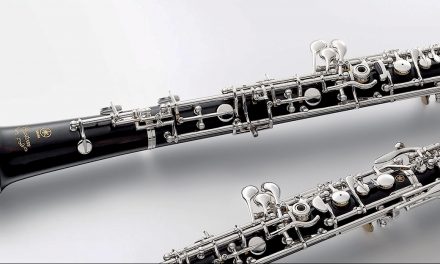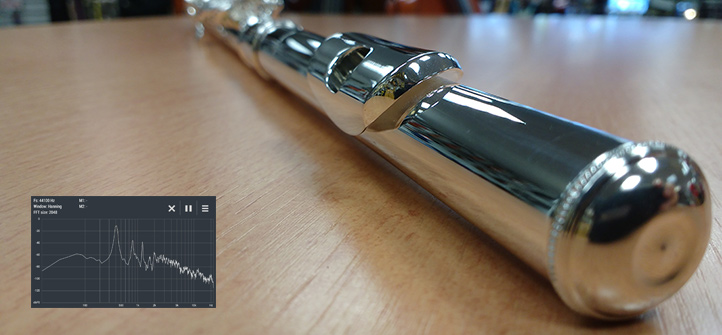
Reading music at sight can be a daunting task for many, as western music notation is densely packed with information.
I myself have struggled for many years to gain fluency in reading music (at any kind of speed) despite spending many of those years learning and creating music. It still takes me a few goes to make sure I’m reading a melody line correctly, especially with the correct rhythm.
So this month I’ll be delving into the current teaching practices on sight-reading, and exploring whether it is important for musicians and music students today.
There is a high level of parallel between reading text and reading music, as when we are reading either we will usually:
- Read ahead so that we can continuously speak and read
- Look at a large chunk of information and process them as words and phrases
- Look at the section as a whole to gain added context to the sentence as a whole
For example when reading to my son I will see the individual letters, but automatically interpret the words they make, look at the end of the sentence to see if it’s a question, statement or exclamation, and read ahead to see who’s talking (so I can do the right voice)
For those with musical fluency a similar approach is taken, as the individual notes will be interpreted into phrases and chords. Articulation, phrasing and dynamic marks will have an influence, as well as the context of the section within the overall structure.
So how do people gain this fluency? As with reading text it takes a lot of time, practice and guidance. Speech and song are taught from birth, with babies allowed to learn by trying, including making mistake in a generous environment. The type of speech is simplified, focusing on simple words or sounds to start with, before attempting more complex words and later, sentences. When starting to read we focus on the individual letters and how they sound before moving on to combining letters together to make simple words.
Musical learning (at least at a formal level) usually comes much later, but the same principles can be applied. Learning about the different notes, and how they move from one to the next forms the basis of almost all basic musical teaching.
The main difference between text and music reading is that most music requires a steady pulse to sound ‘correct.’ A lot more of the overall context of the piece is to do with pulse and rhythm. Although text read very slowly is still coherent, music breaks down if the tempo drops below around 30bpm.
Why is it so important?
If you’re doing exams, or would like to learn a new piece, then getting better at reading music makes a big difference. If you can sit down to a new piece and have a natural fluency with the music you will learn a lot faster. Instead of memorising every phrase for scratch you’ll have a short-cut towards playing it.
Not to mention getting better at the sight-reading section of the exams!
What to do?
Here are a number of things we can look at to improve sight reading:
- The number one tip from many teachers when it comes to reading music is keep going! Building up a good sense of pulse, and being sure about how the different note lengths work in the bar gives an instant boost to sight-reading fluency. Clapping the notated line while counting out the pulse is a great way to practice this.
- It’s not like riding a bike. Reading music is a skill that you build up from regular practice, so there are quite a few resources available that give you a new piece of music to read every day. The more you do the better.
- Learn your scales. The majority of music is written in a particular key (within each section.) If you know your scale for that key it makes it easier to judge what notes could be coming up next, and you’ll find it easier to interpret phrases as a whole when you understand how they relate within the key. Play the scale the piece is in a few times before trying to read the music.
- Read ahead. Knowing where you are going is really important to keeping a good flow. Start off by looking at the next note to the one you’re playing, even if you know the piece well. If you’re playing a keyboard instrument try to never look at your fingers (even if you get the not wrong at first!)
- Stay relaxed. It’s much easier to learn something when you enjoy it, and you’re not stressed. Get some music you really like (preferably an easy version) and try a different piece every time you play.
And that’s it! If you have any other tips for better sight-reading please let us know. If you would like some more material on sight-reading we have over 200 titles dedicated to just that right over here.





